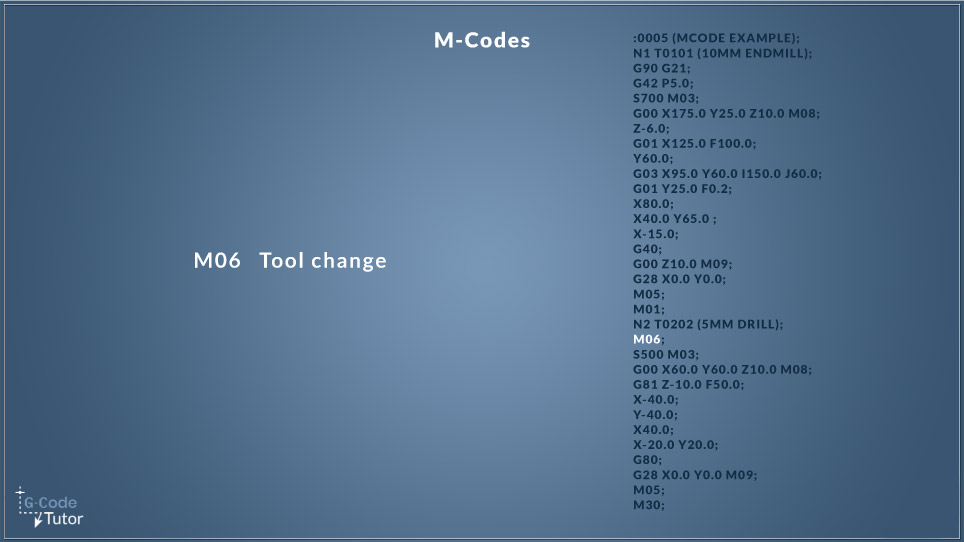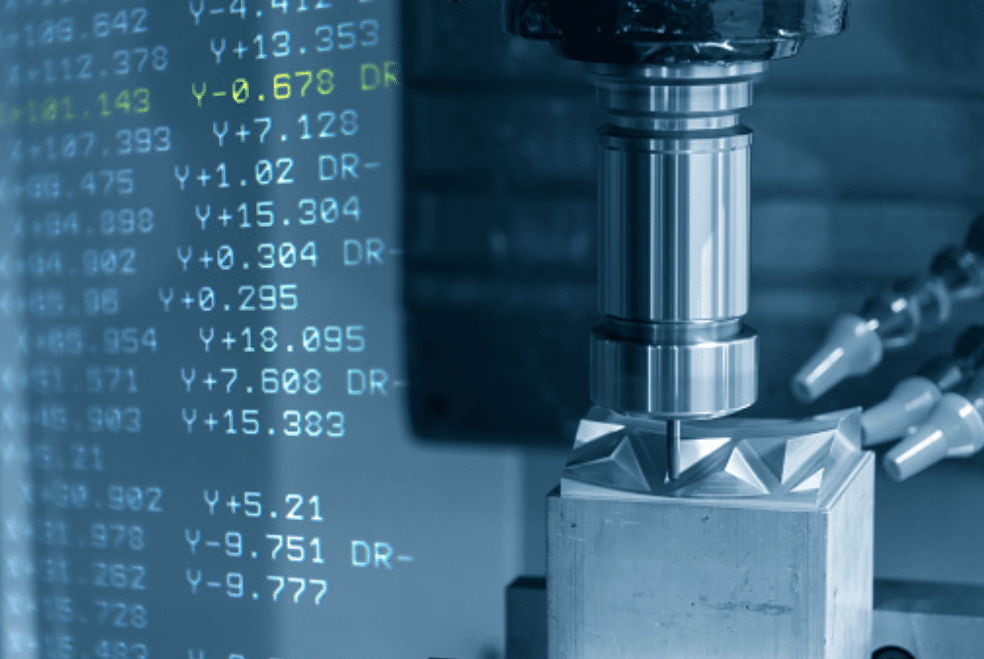Machine codes, also known as machine language or machine instructions, are the set of instructions that a computer’s central processing unit (CPU) can understand and execute. They are the lowest level of programming language and are represented by binary digits 0 and 1, which correspond to OFF and ON states of electronic switches in the computer’s hardware.
In this article, we will explore the different types of machine codes, their history, advantages and disadvantages, applications, evolution, future, comparisons with other programming languages, challenges and limitations, and conclude with a summary of their importance in modern computing.
History of Machine Codes

The concept of machine codes can be traced back to the early days of computing when computers were first being developed. The earliest forms of machine codes were written on punch cards or paper tapes and manually entered into the computer.
One of the earliest examples of machine codes is the IBM System/360 mainframe computer, released in 1964. This system used a 32-bit instruction set architecture (ISA) and was programmed using machine code. At this time, machine code was the only way to program a computer, as higher-level programming languages had not yet been developed.
As computers became more advanced and powerful, machine codes also evolved to become more complex and varied. Different computer architectures and systems required different types of machine codes, leading to the development of various assembly languages and higher-level programming languages.
Advantages and Disadvantages of Machine Codes

Advantages of Machine Codes
- Direct control over hardware: Machine codes give programmers direct access to the hardware of a computer, allowing for precise control over the functions and operations of the machine. This level of control is necessary for tasks such as embedded systems programming and low-level device drivers.
- High speed: Machine codes are executed directly by the CPU, making them the fastest form of programming language. This speed is crucial for tasks that require real-time processing, such as controlling industrial equipment or processing large amounts of data.
- Small memory footprint: As machine codes are written in binary, they take up very little space in a computer’s memory. This is advantageous for devices with limited memory, like microcontrollers or embedded systems.
- Platform independence: Unlike higher-level programming languages, machine codes are not dependent on a specific operating system or hardware architecture. As long as the CPU can understand and execute the code, it will run on any platform.
Disadvantages of Machine Codes
- Difficult to read and write: Machine codes are written in binary, which is not easily readable by humans. This makes writing and debugging programs in machine code extremely challenging and time-consuming.
- Prone to errors: Due to their complex nature, machine codes are prone to human errors. A small mistake in the code can have significant consequences and lead to system crashes or malfunctions.
- Not portable: Although machine codes are platform independent, they are not portable between different CPUs. Each CPU has its own unique instruction set, making machine codes specific to a particular processor.
Applications of Machine Codes

Machine codes are used in a variety of applications across different industries. Some common examples include:
- Embedded systems programming: Embedded systems are specialized computer systems designed for specific purposes, such as controlling machines in factories or automobiles. Machine codes are commonly used to program these systems due to their speed and direct control over hardware.
- Operating system kernels: The core of an operating system, known as the kernel, is responsible for managing the computer’s resources and providing a platform for other programs to run. Kernels are often written in machine code or assembly language for maximum performance.
- Device drivers: Device drivers are software programs that allow the operating system to communicate with and control various hardware devices, such as printers or graphic cards. Writing device drivers in machine code ensures efficient communication with the hardware.
Evolution of Machine Codes

As computers became more prevalent and advanced, machine codes also evolved to keep up with the changing technology. Some significant developments in the history of machine codes include:
- Introduction of assembly languages: Assembly languages were introduced as an improvement over machine codes. They use mnemonic codes to represent machine instructions, making them easier to read and write than binary code.
- Development of high-level programming languages: High-level programming languages, such as C, Java, and Python, were developed to make programming more accessible and less error-prone. These languages are compiled into machine code before execution, allowing for faster program development.
- Creation of virtual machines: Virtual machines are software programs that emulate a computer system, allowing programs written in different programming languages to run on different platforms without modification. One example is the Java Virtual Machine (JVM), which executes Java bytecode, a form of machine code.
Future of Machine Codes
Despite the advancements in higher-level programming languages, machine codes still play a crucial role in modern computing and will continue to do so in the future. With the rise of technologies like artificial intelligence and the Internet of Things, there is a growing demand for efficient and fast computing, making machine codes more relevant than ever.
In addition, the emergence of new processor architectures and systems, such as quantum computing, may require the development of new types of machine codes to take full advantage of these technologies.
Machine Codes vs Assembly Codes
Assembly codes are the closest human-readable version of machine codes. They use mnemonic codes to represent the binary instructions, making them easier to read and write than pure machine codes. However, assembly codes still require a deep understanding of the hardware architecture and instruction set, making them more complex than high-level programming languages.
On the other hand, machine codes are the raw binary instructions that a computer’s CPU can understand and execute directly. They offer the most precise control over the hardware and are the fastest form of programming language but are challenging to read and write.
Machine Codes vs Bytecodes
Bytecodes are intermediate code representations used by virtual machines, such as the JVM or .NET Common Language Runtime (CLR). They are similar to machine codes in that they are executed directly by a processor, but they are not specific to a particular CPU architecture.
Unlike machine codes, which are binary instructions, bytecodes are typically written in human-readable text format, making them easier to understand and modify. However, they require a virtual machine to interpret and execute, which adds an additional layer of processing and can slow down program execution.
Machine Codes vs Virtual Machine Codes
Virtual machine codes, also known as virtual instructions, are instructions that are executed by a virtual machine rather than directly by a computer’s CPU. Like bytecodes, they are platform independent and enable programs written in different languages to run on any platform with the appropriate virtual machine installed.
However, virtual machine codes are more versatile than bytecodes, as they can be translated into different target environments. For example, CIL (Common Intermediate Language), the bytecode used by the .NET framework, can be compiled into native code for Windows, Linux, and macOS platforms.
Challenges and Limitations of Machine Codes
Despite their advantages, machine codes have some notable challenges and limitations that programmers must consider when using them.
- Difficulty in writing and debugging: As mentioned earlier, writing and debugging programs in machine code is a tedious and time-consuming process. This makes it unsuitable for high-level programming tasks that involve complex logic and algorithms.
- Lack of abstraction: Machine codes are at the lowest level of programming abstraction, meaning they are closer to the hardware and require extensive knowledge of the computer’s architecture to be used effectively. This lack of abstraction makes it difficult to develop large and complex programs.
- Not user-friendly: Machine codes are not user-friendly and cannot be directly understood by non-programmers. This has limited their use to only experienced programmers with a deep understanding of computer architecture.
Conclusion
In conclusion, machine codes have played a significant role in the development of computing technology and continue to be relevant today. Their direct control over hardware and high speed make them essential for tasks that require real-time processing and low-level access to system resources.
While higher-level programming languages offer ease of development and maintenance, they lack the precision and efficiency of machine codes. With the rapid advancement of technology and the increasing demand for fast and efficient computing, machine codes will continue to be an integral part of modern computing.
Read more blogs : Appraisal Cost A Comprehensive Guide

















+ There are no comments
Add yours